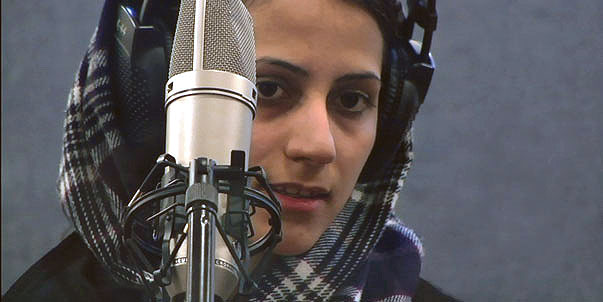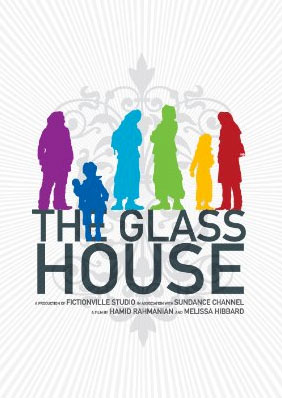Film Review: The Glass House
Arresting Iranian Documentary Examines The Tribulations Of Troubled Teens


Eminem.”
Latest Article|September 3, 2020|Free
::Making Grown Men Cry Since 1992


Eminem.”